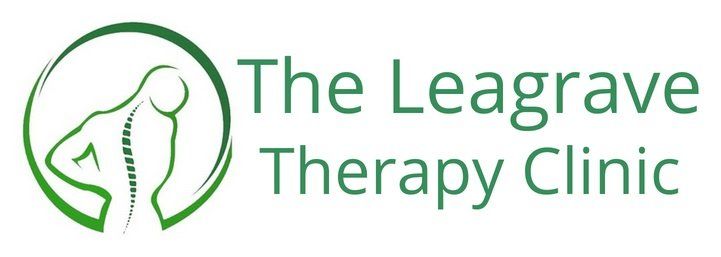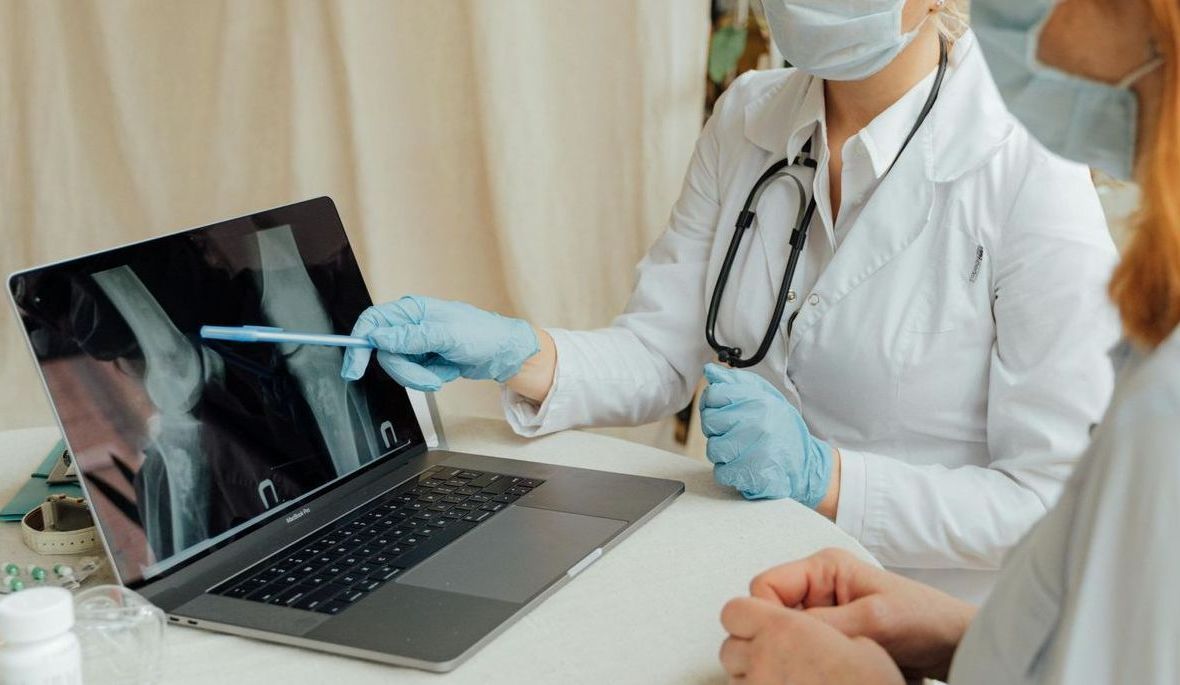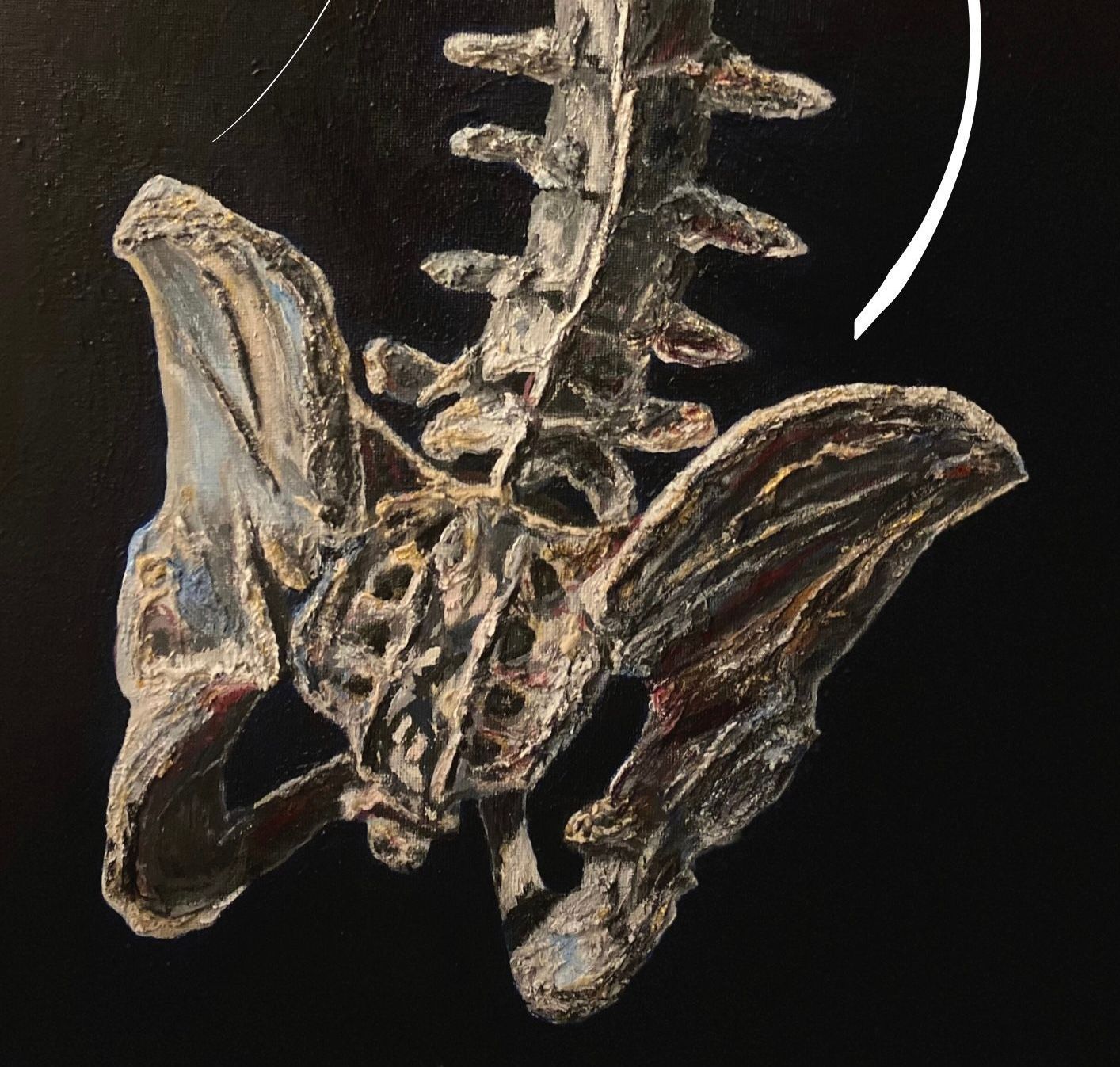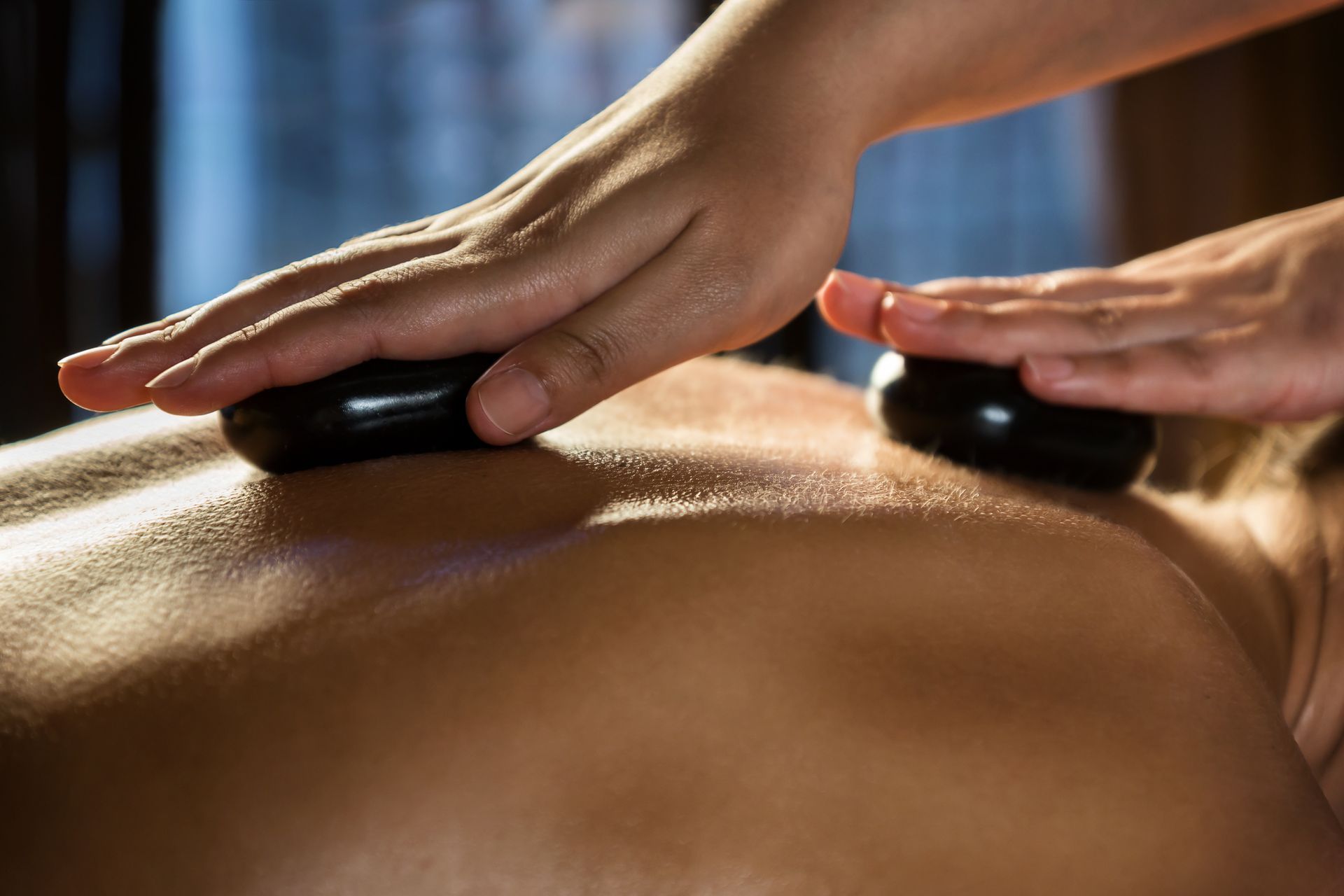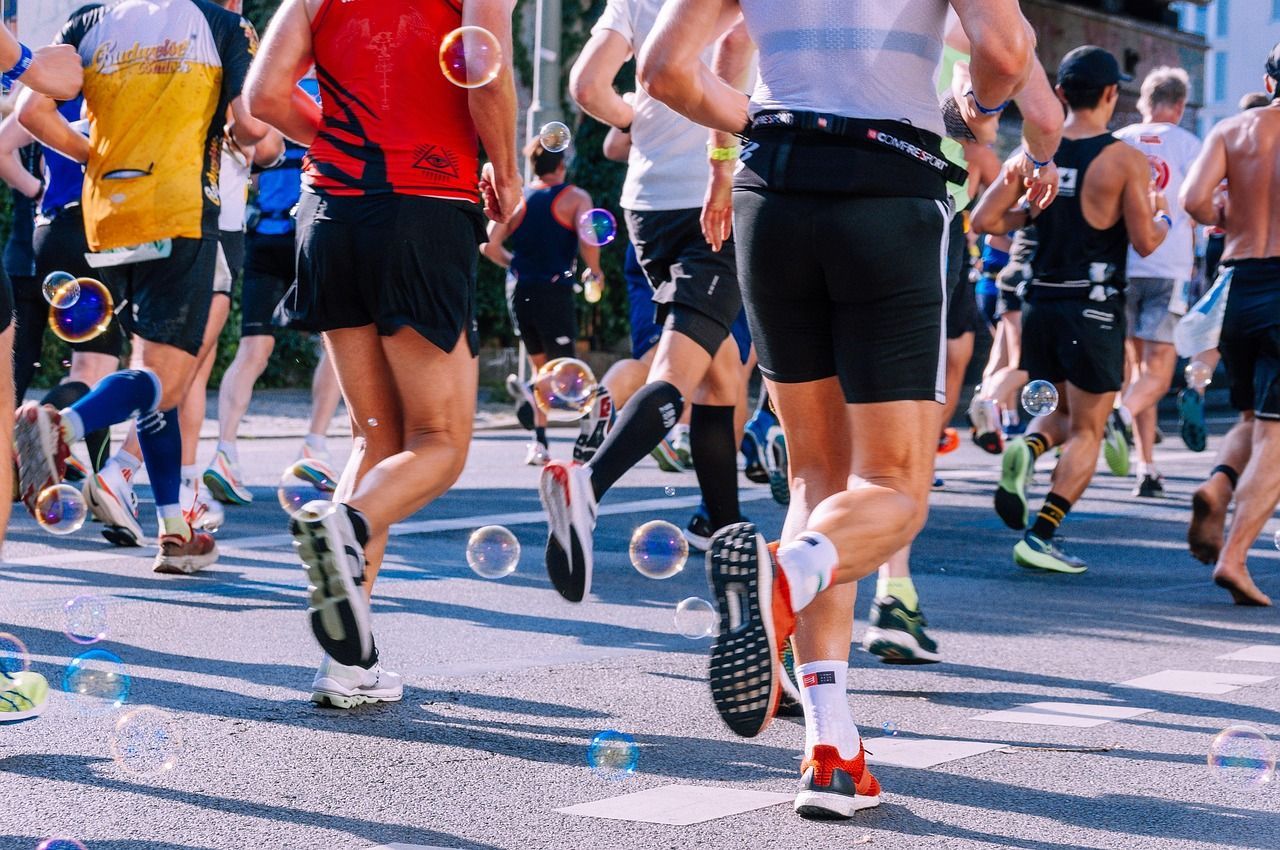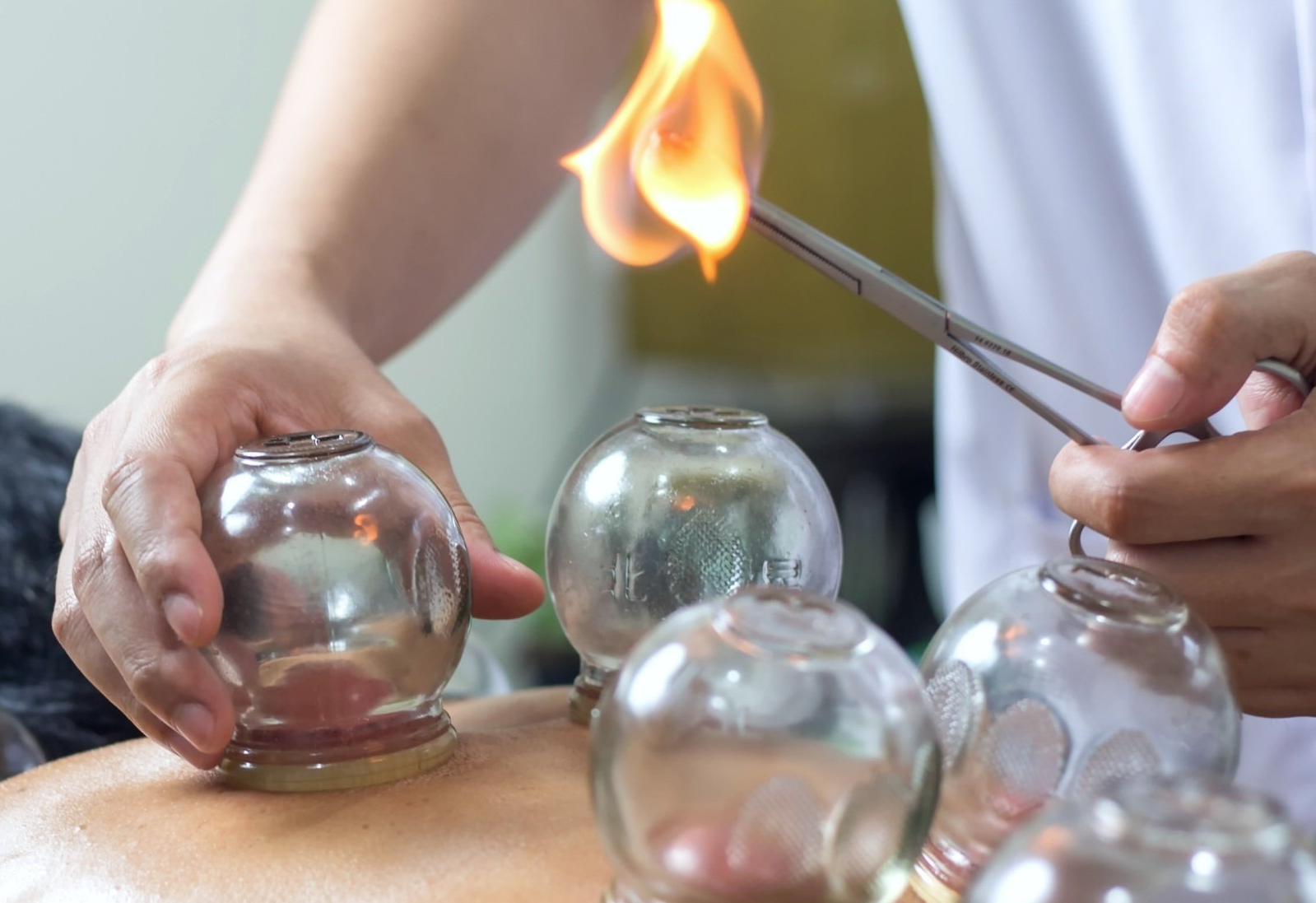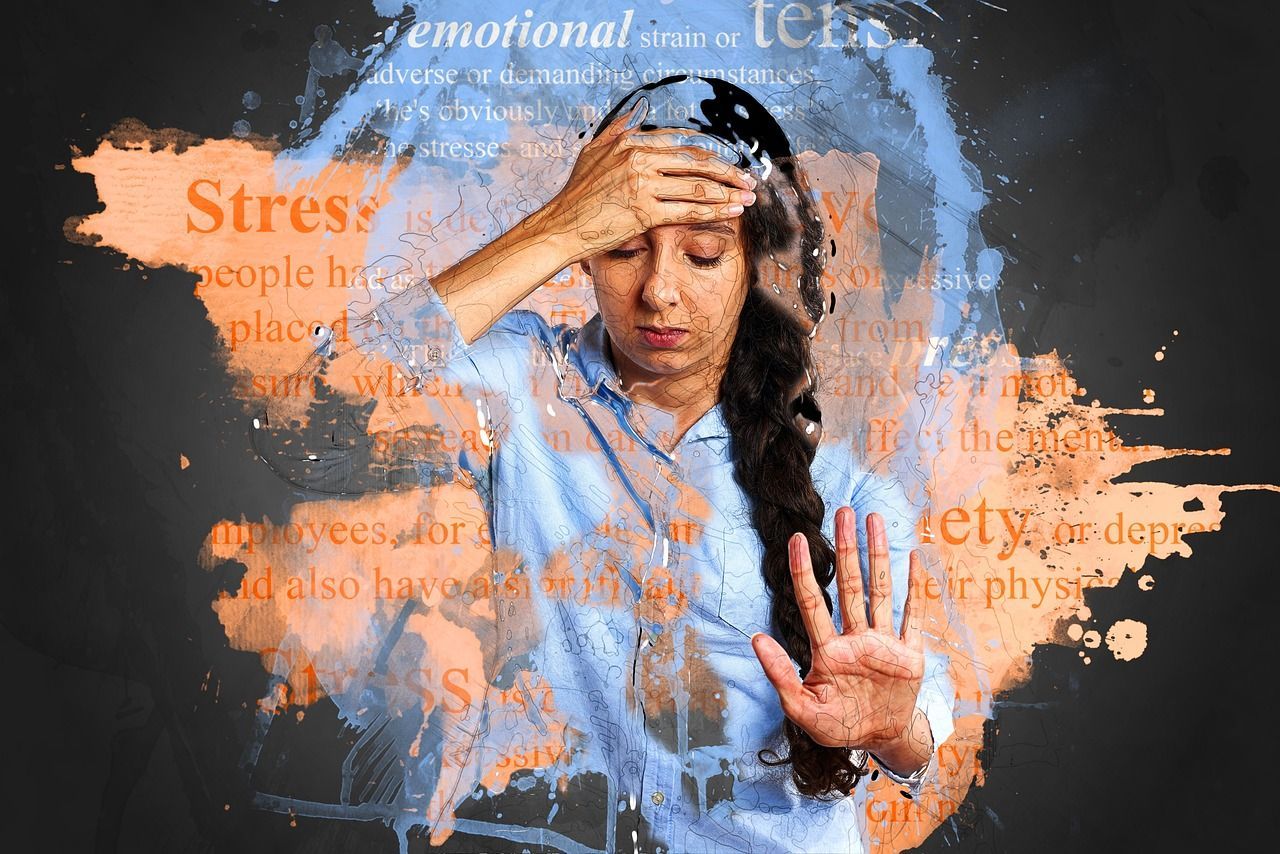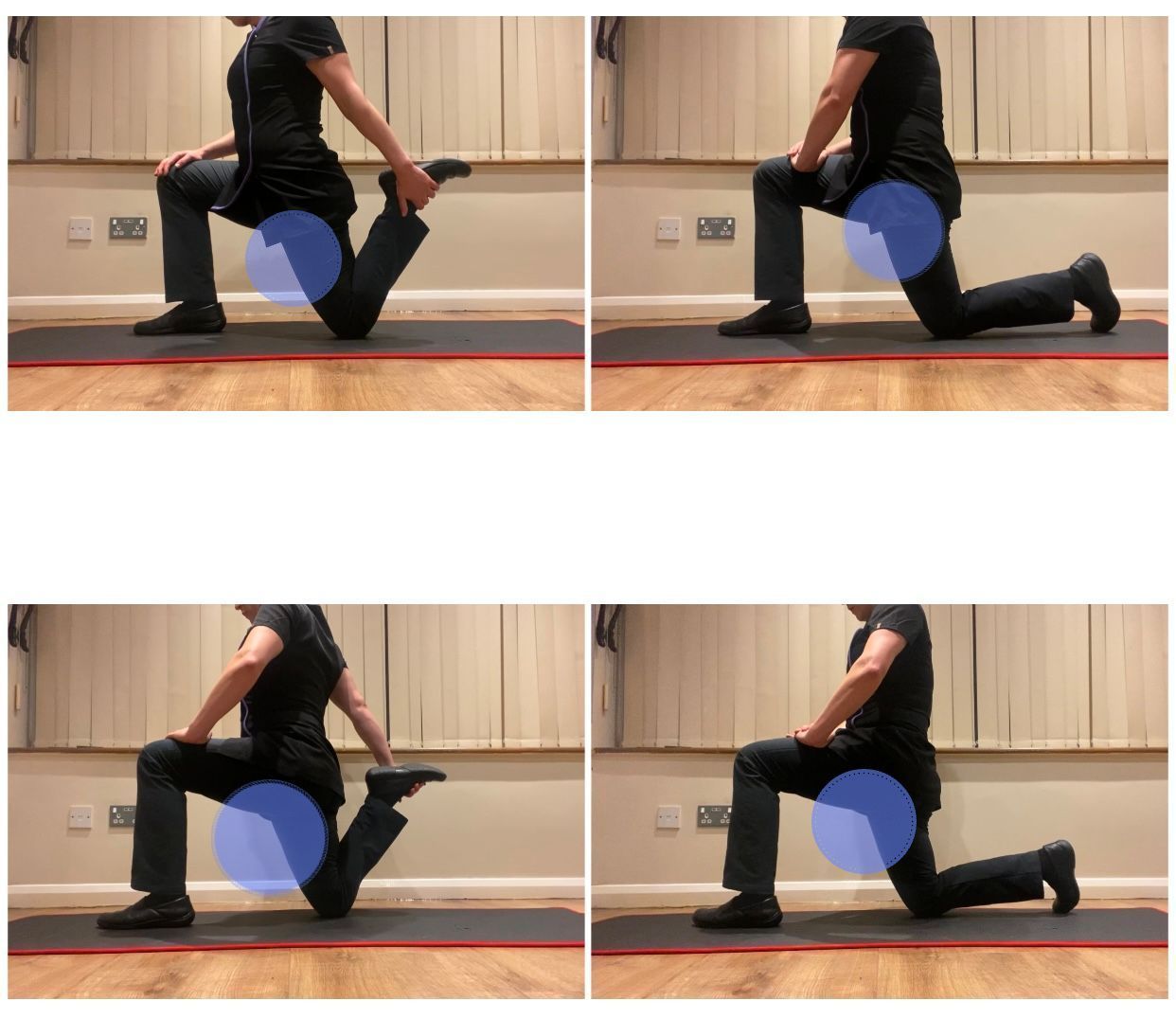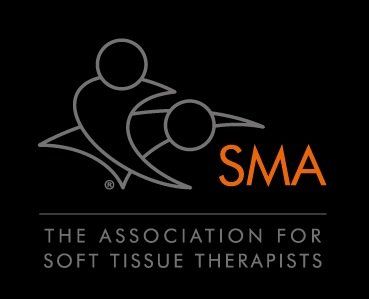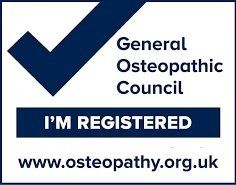Falls; Occurrence, Cause & Prevention
- by Joanna Blair
- •
- 28 Feb, 2018
- •
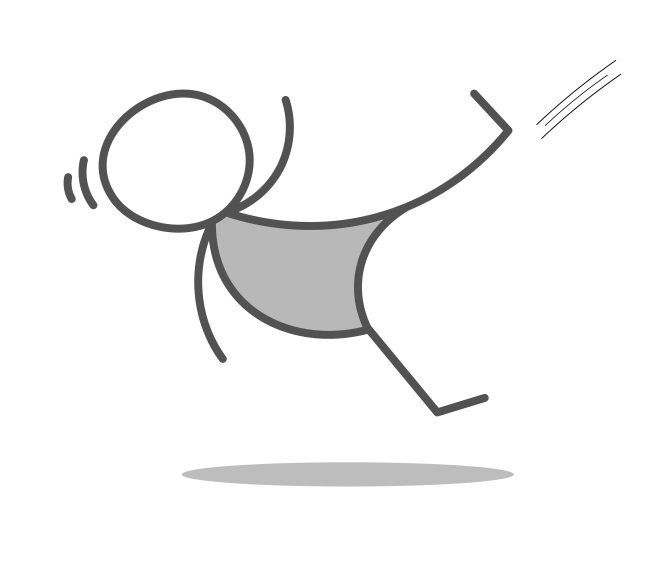
A definition
of a fall is “an unplanned, unexpected contact with a supporting surface such
as the floor, a chair, or a wall” (16). A fall can happen at any time and when least expected which can be highly dangerous pending on the scenario or situation.
Falls have been a long-standing problem particularly amongst older adults and are a leading problem in general practice due to their high incidence (10, 13). An estimated one third (1 in 3) of adults at 65 years and older fall annually which can result to injury, significant healthcare costs and restricted activity and almost 50% of people over the age of 80 experience a fall at least once a year (16).
Costs and Estimates of
Fall Occurrence
Josephs et al., (2016) reported that in 2013 in the United States, 2.5 million fatal fall injuries in the older adult were treated in the emergency department and over 734,000 of those were hospitalised. Direct medical costs of falls in older adults was a staggering $34 billion in the US (6). By the year 2020, the annual direct and indirect cost of fall injuries is expected to reach $54.9 billion dollars in the US (2).
In the UK, cost to the NHS alone is estimated to be £2.3 billion a year, costing approximately £4.6 million per day, 10-25% of fallers sustain an injury and half of fallers will fall again within the next 12 months (7).
Falls are also the second cause of death due to accidental injury in the world and are also responsible for fractures, hospitalisation, functional dependency, decreased quality of life and fear of falling (8,10). In people with chronic stroke, approximately 70% of fall incidences occur at home, 39-90% have been reported whilst walking (17, 14).
What Are the Causes of Falls?
Falls are a multifactorial problem and can be categorised into intrinsic
and extrinsic
risk factors. Extrinsic risk factors
for falling may include unsafe
foot wear or environmental tripping hazards, intrinsic factors can include impaired mobility, reduced postural stability, and impaired balance (10).
Amongst the elderly, multifactoral risk factors for falls include medicine side-effects, cognitive decline, loss of mobility and visual impairment. In younger adults visual impairment, inactivity, higher body mass index (BMI), and poor balance reactions can lead to falls (3).
Brain and Cognitive Function
According to current reports, falling is associated with changes in the prefrontal cortex and areas of the brain related to control (1).Movement and function includes a series of cognitive processes such as planning, coordinating tasks and multitasking, decision making and working memory (WM). Performing each skill individually or in combination is essential in carrying out every day living (EDL) activities (1). Reduced WM decreases gait speed, reduces ability to respond to environmental changes (such as obstacles, uneven surfaces) and the compensatory response among the elderly which can lead to repeated fall experiences(1). Thus, supporting a relationship between walking and falling with specific cognitive factors(1).
Reduced Hip & Ankle Movement
Reduced hip and ankle (active) range of movement can also increase fall risk. A decrease in range of hip extension, internal rotation, abduction and ankle dorsiflexion
in a group of elderly fallers compared to non-fallers was found to heighten risk (12).
Fear of Falling
One's belief or a fear of falling when attempting a task has been found to be linked to increased fall risk. This fear can limit activity leading to reduced mobility and loss of physical fitness, which in turn increases the risk of falling (10). Approximately one-third of elderly people develop a fear of falling after an incident fall and the fear has found to significantly lead to balance and gait disorders (10).
Gait & The Way We Walk
Several studies have reported that falling is associated with changes in gait pattern with slow gait speed, reduced stride length, increased step width are related to falling, but no relationship has been found between the timing of muscle activity whilst walking or movement(1). Thus, gait assessment is one of the main recommendations for the prevention of falls.
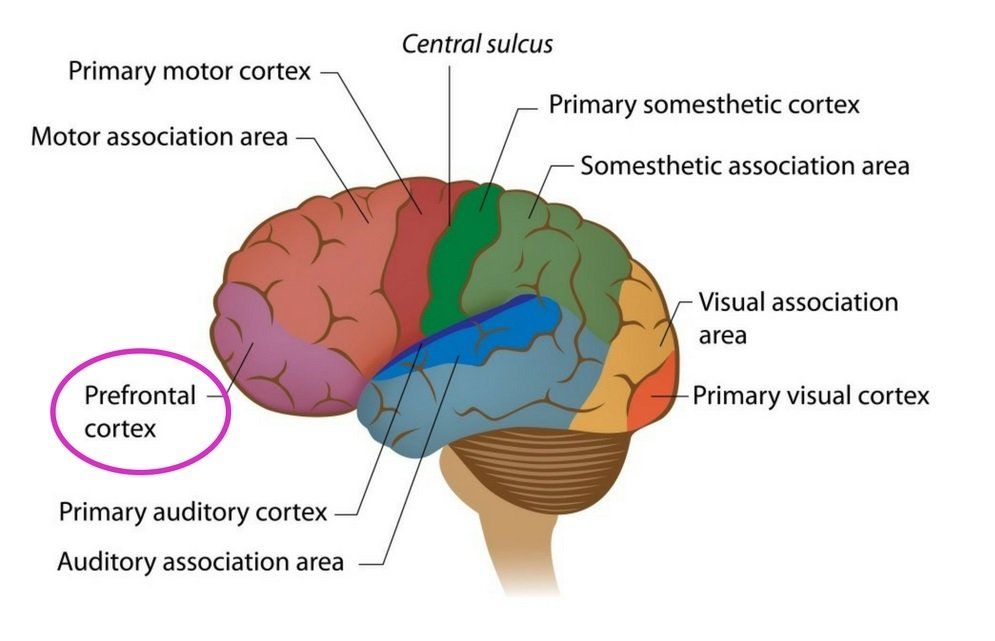
What Can Help Prevent A Fall?
The use of exercise to reduce fall risk in the community amongst older individuals has been studied widely.
Pilates
Clinical studies have documented that Pilates-based exercise is effective
in improving flexibility, improve abdominal strength, body balance, trunk strength,
lower extremity muscular strength and is an effective intervention for the treatment of low back
pain in the general adult population (1).
Joseph et al., (2016) concluded in their study that both Pilates and traditional balance programs are effective for improving balance in the community amongst older adults with fall risk, the Pilates group also showed improved balance confidence amongst individuals.
The results of the study by Newell et al.,
(2012) suggest that a short Pilates program may potentially improve gait and body 'sway' during movement and reduce the outcome of fall risk.
Tai Chi
Tai Chi programs emphasise on developing balance and have demonstrated improvements in postural stability. Group based exercise has been found to be more effective in reducing fall frequency, increasing balance and improving quality of life compared to no intervention, group based intervention (14).
Virtual Reality Games - Wii Fit
The study byPrata and Scheicher (2015) concluded that balance training consisting of virtual reality and strengthening
exercises proved to be effective to reduce the
fear of falling and improve mobility of elderly female
fallers. Overall, it might be considered as an acceptable treatment for the prevention
of falls and balance recovery (11).
Working Memory (WM) and Cognition Training
Azadian (2017) studied how working memory training could improve gait patterns in the elderly. Intervention methods involved visual, auditory and stabilised
tasks each of which contained three parts related to numbers,
letters and shapes with different levels of difficulty. The study concluded that WM training may effect gait pattern for the better by reducing the risk of falls among elderly people with impaired
balance. Cognitive intervention may enhance walking stability in the
elderly with impaired balance by improving postural control (1).
(2) Englander, F., Hodson, T.J., Terregrossa, R.A., 1996. Economic dimensions of slip and fall injuries. J. Forensic Sci. 41 (5), 733e746.
(3) Graham and Napier-Dovorany, (2016) Multifactoral Measures of Fall Risk in the Visually Impaired Population: A Pilot Study, Journal of Bodywork & Movement Therapies, 20, pp. 104-109.
(4) Herman, T., Mirelman, A., Giladi, N., Schweiger, A., Hausdorff, J.M., 2010. Executive control deficits as a prodrome to falls in healthy older adults: a prospective study linking thinking, walking, and falling. Journals Gerontol. - Ser. A Biol. Sci. Med. Sci. 65 A, 1086e1092.
(5) Huxhold, O., Li, S.-C., Schmiedek, F., Lindenberger, U., 2006. Dual-tasking postural control: aging and the effects of cognitive demand in conjunction with focus of attention. Brain Res. Bull. 69, 294-305.
(6) Josephs, S., Pratt, M. L., Meadows, E. C., Thumond, S., Wagner. (2016)The Effectiveness of Pilates on Balance and Falls in Community Dwelling Older Adults, Elseiver,Journal of Bodywork & Movement Therapies, 20; pp: 815-823.
(7)National Institute for Health and Care Excellence (2013 Falls in older people: assessing risk and prevention, Clinical guideline [CG161].
(8) Newall, D., Shead, V., Sloane, L. (2012) Changes in Gait and Balance parameters in elderly subjects attending an 8-week supervised Pilates programme, Journal of Bodywork & Movement Therapies, 16, 549-554.
(9) Organizacio´n Mundial De La Salud (OMS). Caı´das. Outubro de (2012), Nota descritiva, 344.
(10) Pata, R. W., Lord, K., Lamb, J. (2014)The effect of Pilates Based Exercise on Mobility, Postural Stability, and Balance in Order to Decrease Fall Risk in Older Adults, Journal of Bodywork & Movement Therapies, 18, pp. 361-367.
(11) Prata, M. G., Scheicher, M. E. (2015) Effects of Strength and Balance Training on the Mobility, Fear of Falling and Grip Strength of Elderly Female Fallers, Elseiver, Journal of Bodywork & Movement Therapies: 19; pp. 646-650.
(12) Roller, M., Kachingwe, A., Beling, J., Ickes D-M., Cabot, A., Shrier, G. (2017)Pilates Reformer Exercises for Fall Risk Reduction in Older Adults: A Randomized Controlled Trial,Journal of Bodywork & Movement Therapies, pp. 1-16.
(13) Scheicher,M. E., Santos, L. C., Fonseca D, E., Bortolloto, T. B., de Carvalho, I. F. (2017) A Patellar Bandage Improves Mobility but not Static Balance in Elderly Female Fallers,Journal of Bodywork & Movement Therapies, pp. 1-5.
(14) Schmid, A.A., Yaggi, H.K., Burrus, N., McClain, V., Austin, C., Ferguson, J., Fragoso, C., Sico, J.J., Miech, E.J., Matthias, M.S., Williams, L.S., Bravata, D.M., 2013. Circumstances and consequences of falls among people with chronic stroke. J. Rehabil. Res. Dev. 50, 1277e1286.
(15) Shumway-Cook, A., Woollacott, M., (2007) Motor Control: Translating Research into Clinical Practice, third ed. Lippincott, Williams and Williams, Philadelphia, Pennsylvania.
(16) Walshe, E.A., Patterson, M.R., Commins, S., Roche, R.A., (2015). Dual-task and electrophysiological markers of executive cognitive processing in older adult gait and fall-risk. Front. Hum. Neurosci. 9, 200.
(17) Weerdesteyn, V., de Niet, M., van Duijnhoven, H.J.R., Geurts, A.C.H., 2008. Falls in individuals with stroke. J. Rehabil. Res. Dev. 45, 1195e1213.
